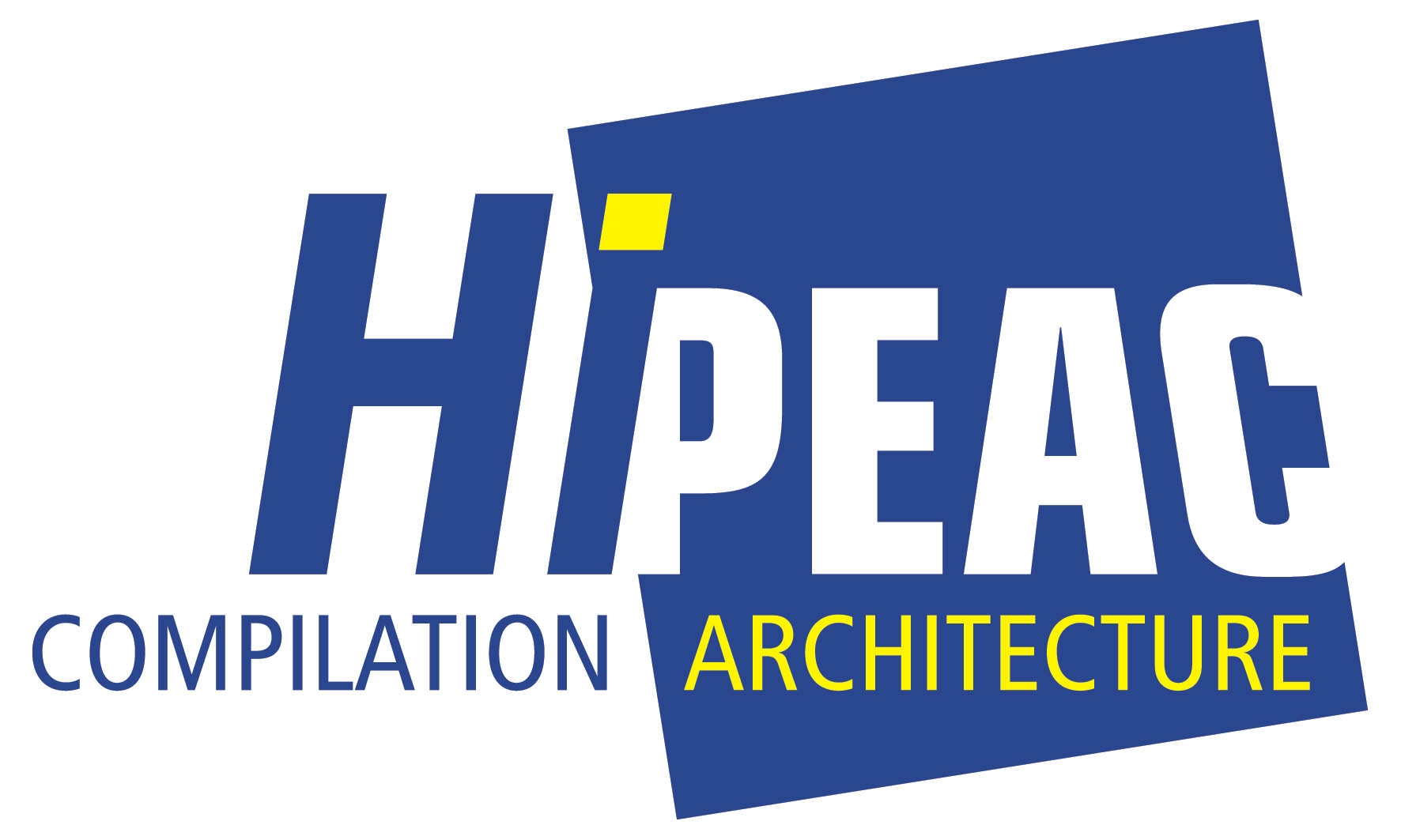Projects
AXLE focused on automatic scaling of complex analytics, while addressing the full requirements of real data sets. Real data sources have many difficult characteristics. Sources often start small and can grow extremely large as business/initiatives succeed, so the ability to grow seamlessly and automatically is at least as important as managing large data volumes once you know...
The use of High Performance Computing (HPC) is commonly recognized a key strategic element both in research and industry for an improvement of the understanding of complex phenomena. The constant growth of generated data -Big Data- and computing capabilities of extreme systems lead to a new generation of computers composed of millions of heterogeneous cores which will provide...
PRACE 3IP supports the accelerated implementation of the pan-European HPC Research Infrastructure (RI) created in April 2010. It continues, complements, and extends the work of the PRACE 1IP and 2IP projects. PRACE 3IP addresses the computational and simulation needs of European scientific communities and of industry to keep them at the forefront of discovery. Our vision is...
New safety standards, such as ISO 26262, present a challenge for companies producing safety-relevant embedded systems. Safety verification today is often ad-hoc and manual; it is done differently for digital and analogue, hardware and software.
The VeTeSS project developed standardized tools and methods for verification of the robustness of...
In the midst of a climatic change scenario, the genetics of adaptive response in conifers becomes essential to ensure a sustainable management of genetic resources and an effective breeding. Conifers are the target of major tree breeding efforts worldwide. Advances in molecular technologies, such as next-generation DNA sequencing technologies, could have an enormous impact on...
The proposed HiPEAC network of excellence was a follow-up of an existing network that wanted:
- to steer and to increase the European research in computing systems
- to improve the quality of the European computing systems research
- to create a visible and integrated pan-European community in computing systems.
The network was...
DEEP developed a novel, Exascale-enabling supercomputing platform along with the optimisation of a set of grand-challenge codes simulating applications highly relevant for Europe's science, industry and society.
The DEEP System realised a Cluster Booster Architecture that can cope with the limitations purported by Amdahl's Law. It served as...
The RISC project aimed to deepen strategic R&D cooperation between Europe (EU) and Latin America (LA) in the field of High Performance Computing (HPC) by building a multinational and multi-stakeholder community that involved a significant representation of the relevant HPC R&D EU and LA actors (researchers, policy makers, users). RISC identified common needs, research...
Engineers who design hard real-time embedded systems express a need for several times the performance available today while keeping safety as major criterion. A breakthrough in performance is expected by parallelising hard real-time applications. parMERASA targets a timing analysable system of parallel hard real-time applications running on a scalable multi-core processor....
At the time, EUDAT was the proposal for the next stage in the realisation of the vision of “data as infrastructure”. The EUDAT consortium included representatives from each stage of the value chain that has evolved to deliver scientific knowledge to researchers, citizens, industry and society as a whole. It included funding agencies that invest in research...










